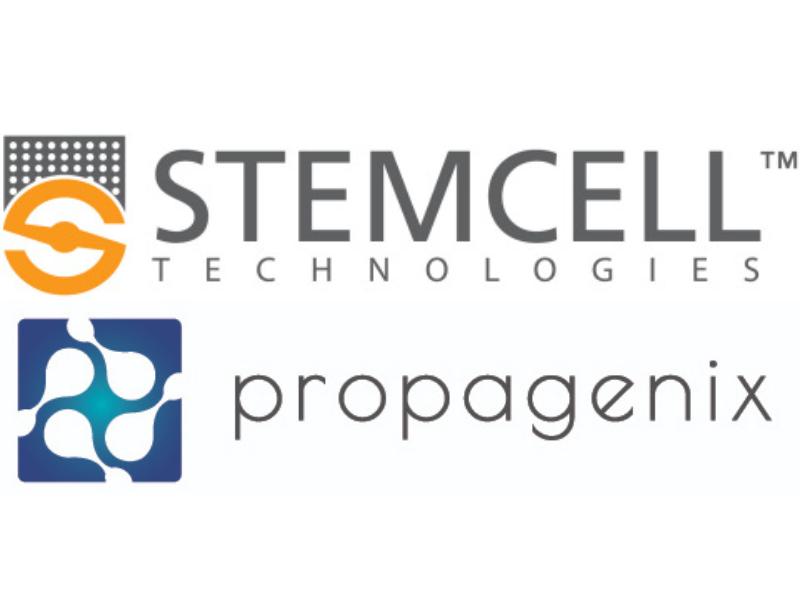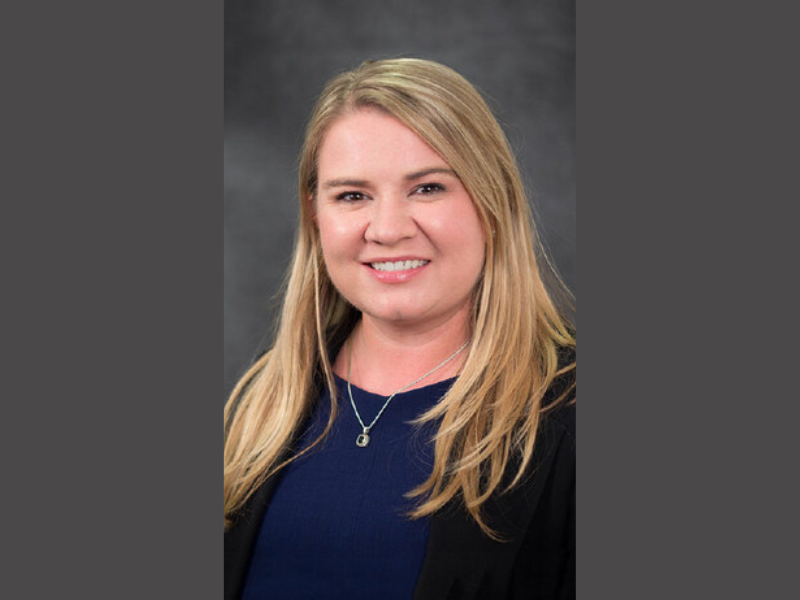STEMCELL Technologies, Canada’s leading biotechnology company, announced the acquisition of Propagenix Inc., a Maryland-based biotechnology company specializing in development of technologies promoting new approaches in regenerative medicine.
“The acquisition of Propagenix is an important milestone in STEMCELL’s growth journey and a success for the Canadian biotechnology industry,” said Dr. Allen Eaves, CEO of STEMCELL. Propagenix’s technology has the potential to contribute to important advances in scientific research, both in the laboratory and clinical settings, for the treatment of cancer, respiratory diseases and other conditions and we are delighted to include its portfolio in the STEMCELL product line.
Founded in 2014, Propagenix has developed and commercialized proprietary technologies, including its patented EpiX™ technology. In 2017, STEMCELL licensed the rights to EpiX™ for use in research. This technology can address certain clinical needs by replacing the patient’s damaged barrier tissues, such as skin and intestinal tissues, with artificial tissue solutions. The acquisition of Propagenix will enable STEMCELL to develop products based on EpiX™ technology for clinical applications.

“We are excited that the amazing team of scientists at STEMCELL will ensure that Propagenix’s technologies and capabilities in epithelial cell biology are optimally deployed to serve the life sciences research community,” said said Dr. Brian Pollok on behalf of the co-founders of Propagenix.
The acquisition of STEMCELL includes all of Propagenix’s assets and intellectual property portfolio, its existing commercial agreements, as well as its exclusive license to conditional reprogramming technology with Georgetown University. Conditional reprogramming allows scientists to grow tumors and healthy tissues in the laboratory for research and potential applications for regenerative medicine and drug screening for personalized medicine.
“With Propagenix technology, STEMCELL looks forward to supporting scientists who advance research and develop clinical applications to ultimately create better health outcomes for patients treated for certain diseases,” said Dr. Eaves.




















